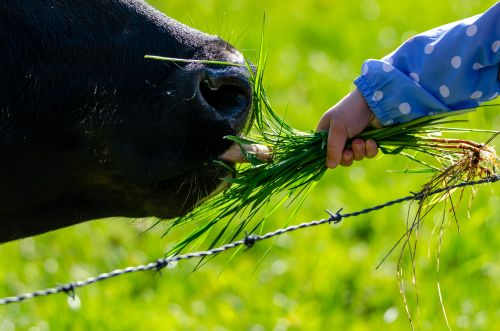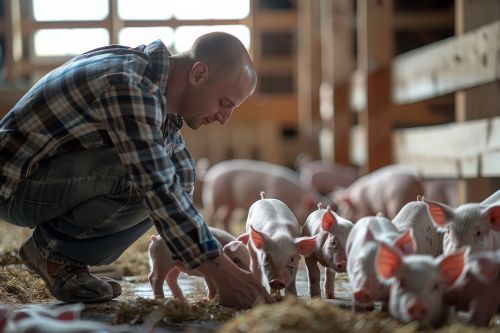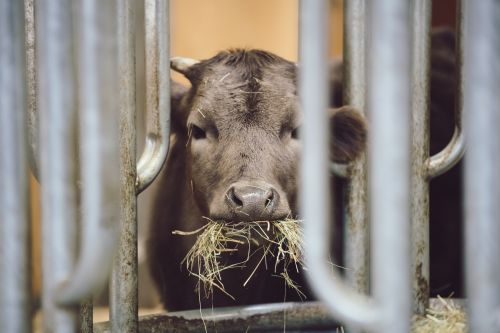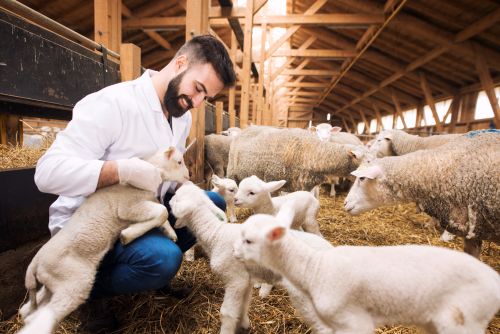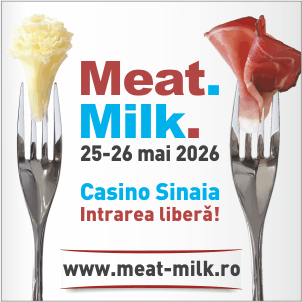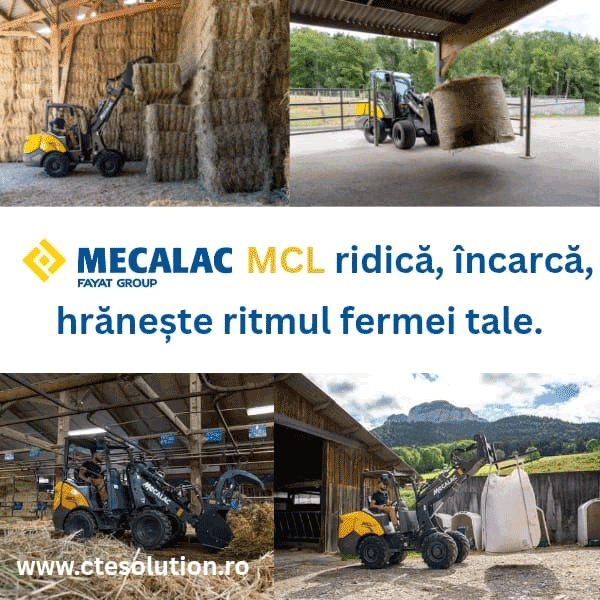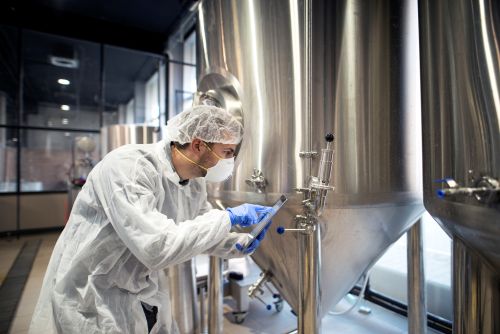
Whey, the by-product obtained from cheese and curd production, has long been regarded as a low-value residue. Today, Romania’s dairy industry is beginning to recognize the economic potential of this liquid, rich in lactose, proteins, and minerals. Efficient valorization of whey can transform a processing cost into an alternative source of income.
Large processors in the European Union use whey to produce protein concentrates (WPC), isolates (WPI), functional beverages, as well as for industrial fermentation. In Romania, only a limited number of factories have implemented ultrafiltration and reverse osmosis systems to extract valuable fractions from whey. These systems require high initial investments – between €100,000 and €500,000 – but they pay off within 3–5 years through the sale of derived products.
Another promising direction is the use of whey as a substrate for fermented products or as an ingredient in bakery goods and animal feed. Depending on its composition and quality, whey can be adapted to market requirements, while complying with food safety regulations. The Ministry of Agriculture has encouraged investments in dairy by-product recycling through support programs, but implementation remains slow.
By fully valorizing whey, processors can achieve greater operational efficiency and meet the sustainability requirements imposed by European legislation. In the future, the ability to transform by-products into valuable resources will differentiate innovative players from those marginalized by the new ecological and economic standards.
(Photo: Freepik)
